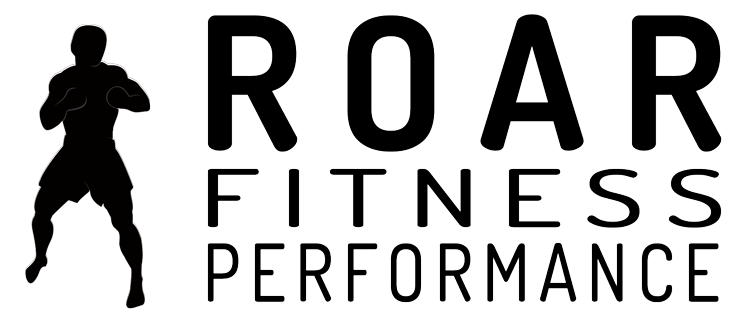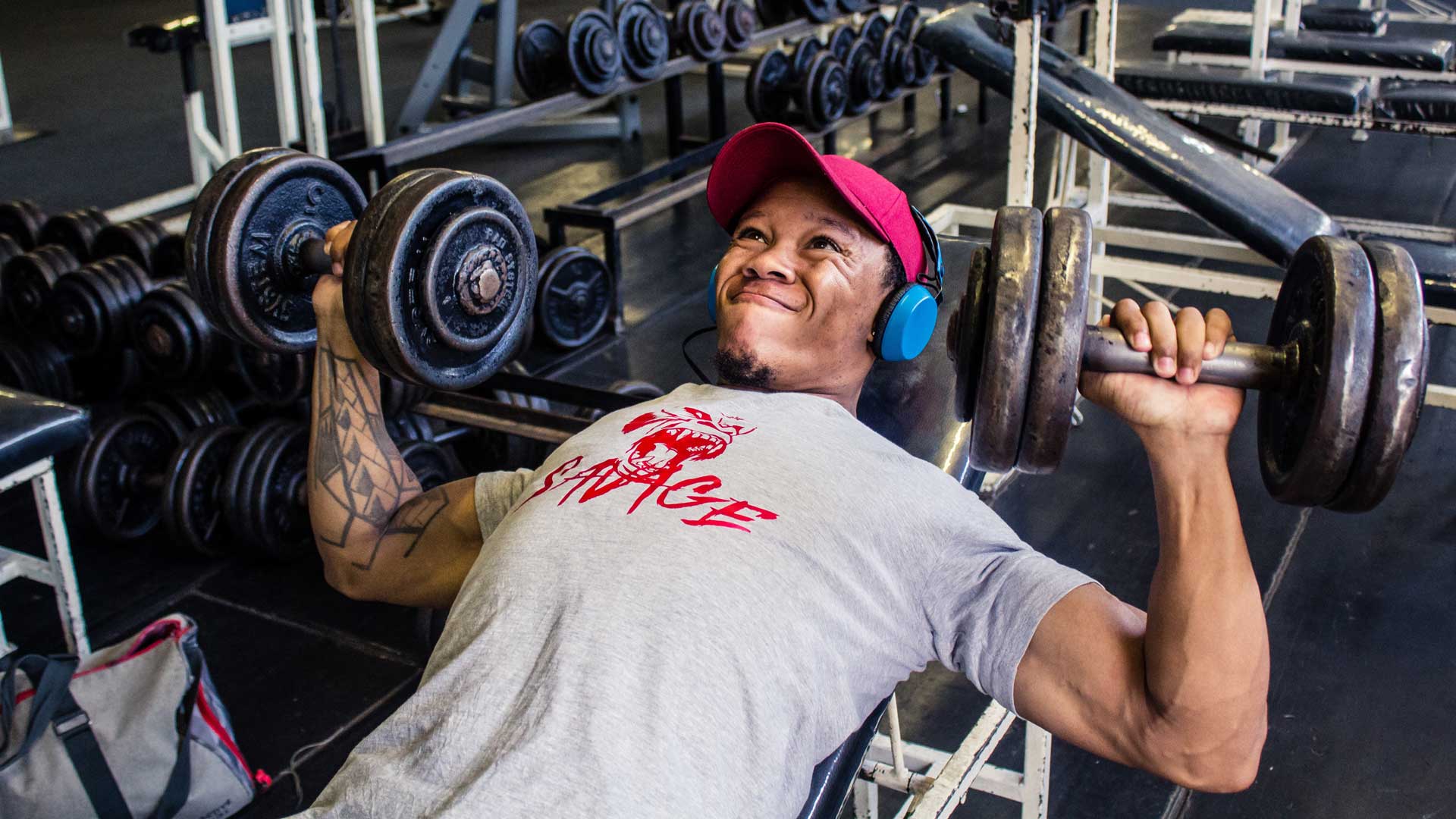A lot of people these days are confused with the difference between ‘Muscular Tone’ and ‘Muscular Definition’. This is because toning is a broad term used and favoured in the fitness industry. Many people who complete ‘toning’ fitness programs don’t get the results they worked hard for and this is because they weren’t made aware that Muscular tone literally means POSTURE! People who don’t have good posture can find it hard to define the parts of their body that they want to work on.
Muscle Tone: Is deemed as involuntary contraction of a small number of motor units, both that are inactive and active in a constantly shifting pattern. This means that our body is constantly moving (slightly) and we are never truly standing still as we are fighting gravity to stand up right. This movement is done in a relaxed manner as it does not produce contractions. The muscles are kept firm even though they are relaxed. A perfect example of this is when our back muscles help to keep our shoulders from rounding. This enables us to breathe easier, is considered socially more attractive and last but not least, can assist muscular gains!
How Does Posture Help Give You A Defined Body? If you get on top of your postural problems, you will find your strength and muscle gains muscle will be more noticeable. The reasoning behind this is, good posture allows for better range of movement and greater activation of muscles. Muscles need to be supple and activated to work functionally throughout the body! Once the muscles in our bodies are able to work in a functional manner over a period of time, our muscles will become bigger and stronger. However, if you neglect to correct your postural imbalances, over time, your poor posture takes a tremendous toll on your spine, knees, shoulders and hips. It can literally cause a cascade of structural problems that result in injury, such as joint inflammation, torn muscles and reduced mobility, all of which can diminish your ability to build your muscle and promote fat loss.
Did you know you can still SQUAT without properly activating and utilising your glutes?
Let’s talk about two common postural problems.
Weak Glutes and Core/ tight hip flexors
Weak back muscles/ tight chest, lats and biceps
Your glute muscles are so important when it comes to posture. When they are weak they cause problems such as lower back pain, core dysfunction, improper gait (walking and running) and atrophy. The usual cause behind weak glutes is sitting down for long periods of time. When you sit down your glutes become inactive. When this is done on a continuous basis, our glutes begin to get smaller and become weak, making it harder for your glutes to help promote posture and stay strong. Tight Chest, traps and Latissimus Dorsi muscles also play a part in neck pain and rounded shoulders. Tight chest/lats pull our shoulders forward and make it hard to target our traps, rhomboids and Lats in a functional manner. These back muscles not only help promote posture but also contribute to that sculpted and toned upper body. Because the chest muscles are tight, the Lats, traps and rhomboids become inactive and weak.
Get rid of the Quasimodo posture, release your chest, biceps and lats and strengthening your back muscles!
The best way to fight tight muscles this is to structure your training program like this:
Release work (stretching/massage/mobility exercises)
Activation (contractions to help fire muscles and switch them on)
Strengthen (working on range of movement with resistance work/ time under tension)
Muscular Endurance (maintaining and promoting strength gains for longer periods/ preventing regression)
Some strengthening/activation exercises for your glutes are, piriformis and hip flexor stretch, glute bridge, donkey kicks and squats.
If it’s painful (in a not so great way) to do these exercises, it is an indicator that injury could be present or not far off from happening. It is important to seek professional help when this occurs to help minimise cases of injury and help to achieve your goals in a specific program tailored to you and your needs.
It’s important to get advice from a qualified personal trainer to teach you the correct ways to utilise your muscles and reach your goals. So contact me to today for more information.


